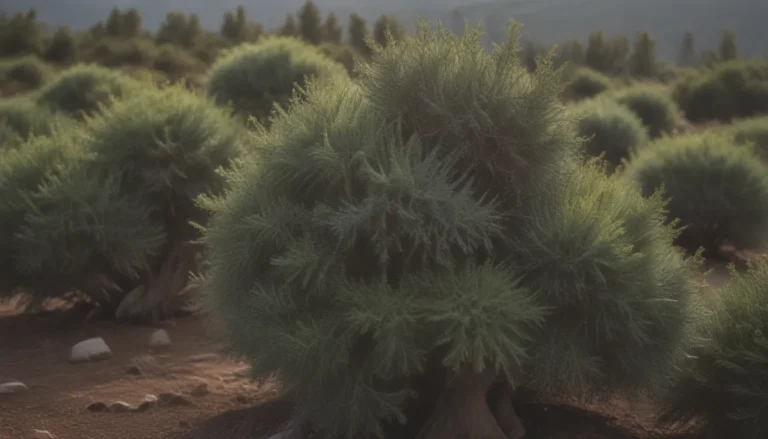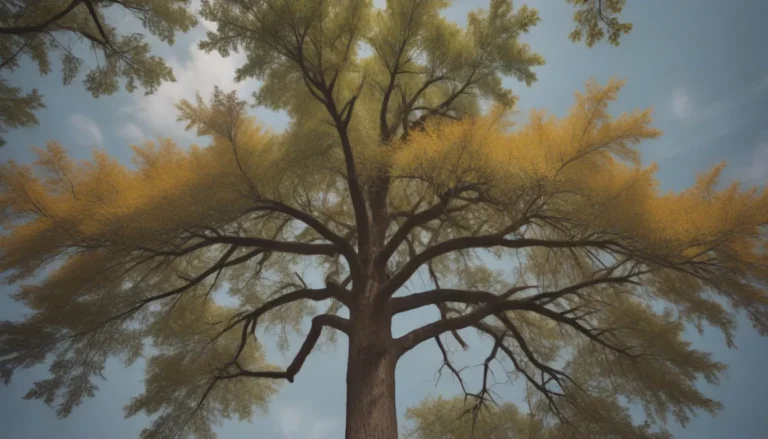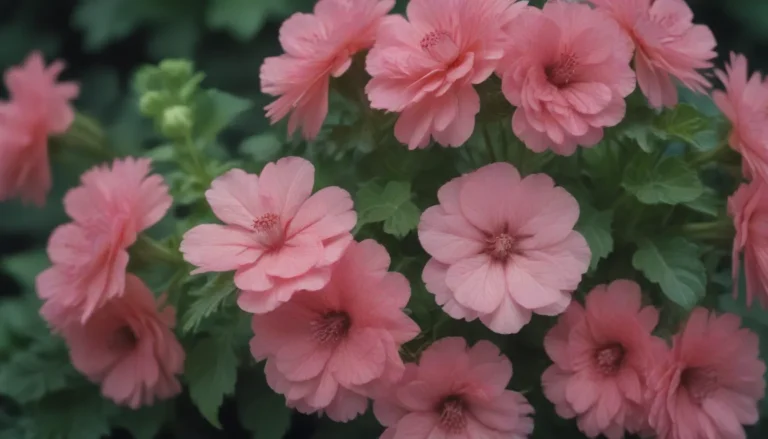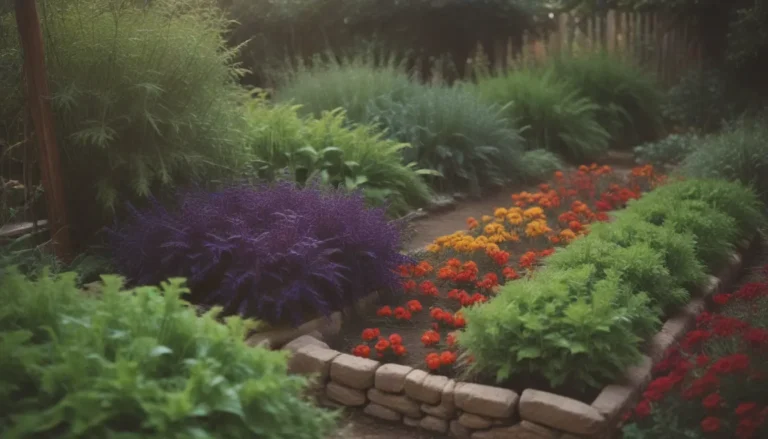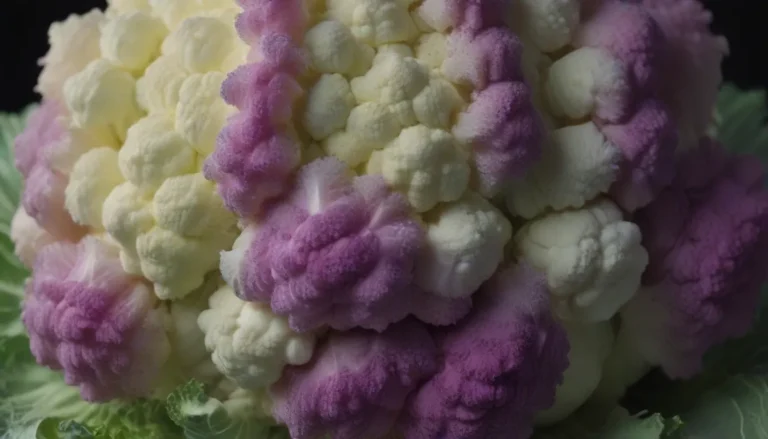Everything You Need to Know About Growing and Caring for Mulberry Trees
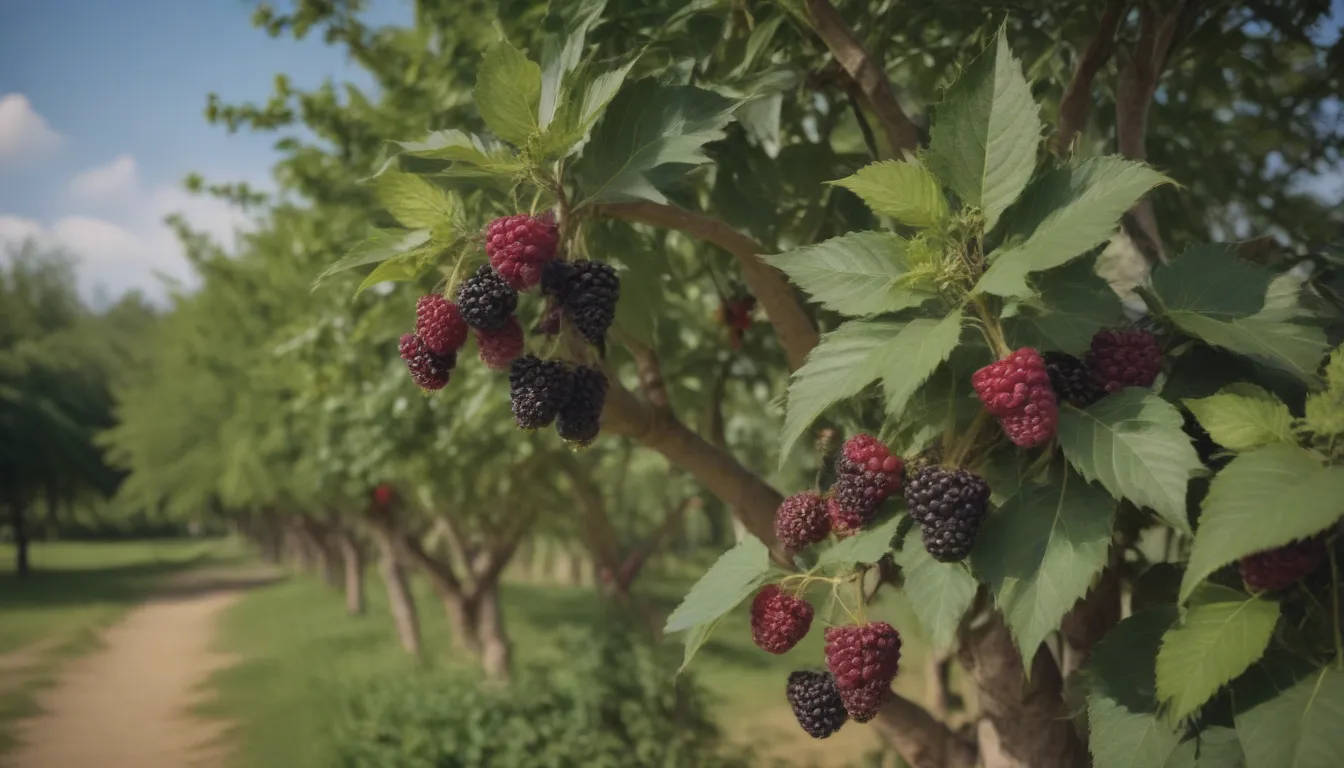
Are you interested in growing your own mulberry tree but not sure where to start? Look no further! Mulberry trees are a beautiful addition to any landscape, providing tasty berries that can be enjoyed by humans and wildlife alike. In this comprehensive guide, we will walk you through everything you need to know about growing and caring for mulberry trees, from selecting the right cultivar to harvesting the fruit.
Mulberry Tree Overview
Mulberry trees are medium-sized deciduous trees that produce small, tasty berries similar to blackberries. There are two common species in North America, the red mulberry (Morus rubus) and the white mulberry (Morus alba). These trees thrive in areas with rich, well-drained soil and full to partial sunlight. Mulberry trees can withstand temperatures as low as minus 25 degrees Fahrenheit, making them a hardy choice for many regions.
Mulberry Tree Care Tips
Taking care of your mulberry tree is essential to ensure it thrives and produces plenty of delicious fruit. Here are some key tips for caring for your mulberry tree:
- Light: Mulberry trees can thrive in both full sun and partial shade conditions, though more light typically results in more fruit production.
- Soil: Mulberry trees can adapt to various soil types, including clay, loam, and sandy soil, as long as there is proper drainage.
- Water: Water your mulberry tree deeply and regularly, especially during the first year after planting. Aim for 2 to 3 gallons of water per week.
- Temperature and Humidity: Mulberry trees are cold-hardy and perform best in temperatures between 68 and 86 degrees Fahrenheit during the growing season.
- Fertilizer: While mulberry trees generally do well without fertilization, an annual application of balanced fertilizer can help promote healthy growth.
Types of Mulberry Trees
There are five species of mulberry trees, though only three are commonly seen in North America:
- Morus alba
- Morus rubra
- Morus nigra
- Morus australis
- Morus celtidifolia
Each species has its own unique characteristics, so be sure to choose a cultivar that suits your needs and growing conditions.
Pruning and Propagating Mulberry Trees
Routine pruning is not necessary for mulberry trees, but it’s essential to remove damaged or crossing branches in late fall or winter while the tree is dormant. Mulberry trees can also be easily propagated by rooting semi-hardwood branch cuttings in spring or early summer.
How to Grow Mulberry Trees From Seed
Mulberry trees can be grown from seeds by chilling and germinating them indoors. Alternatively, you can allow fallen seeds to sprout in your yard and transplant the seedlings to new locations.
Potting and Repotting Mulberry Trees
While mulberry trees are typically grown in the ground, they can also be grown in large containers with proper care. Use commercial potting soil mixed with compost and water and feed your mulberry tree more frequently when grown in a container.
Overwintering and Common Pests
Routine fall cleanup and protection against cold temperatures are essential for overwintering mulberry trees. Mulberry trees are generally resistant to pests and diseases, though they may occasionally encounter issues like whitefly, scale, and mealybugs.
Blooming and Harvesting Mulberry Trees
Mulberry trees typically bloom in spring, producing fruit that ripens from June to August. Harvesting mulberries can be done by handpicking or shaking the tree to collect fallen fruit. Mulberries can be used to make jams, jellies, or frozen for later use.
Common Problems With Mulberry Trees
Messiness and invasive spread are common issues with mulberry trees, as the fruit can stain surfaces and self-seeding can be difficult to control. Choosing a seedless or fruitless cultivar can help prevent these problems in your garden.
In conclusion, mulberry trees are a wonderful addition to any landscape, providing tasty berries and vibrant foliage. With proper care and maintenance, your mulberry tree can thrive and bring joy to your garden for years to come. So why not consider adding a mulberry tree to your outdoor space today?
References:
– University of Redlands. White Mulberry.
– University of Illinois Extension. Not All Trees Are Good Trees.
– University of California Integrated Pest Management Program. Mulberry—Morus spp.
– Texas A&M AgriLife Extension. Mulberry.
